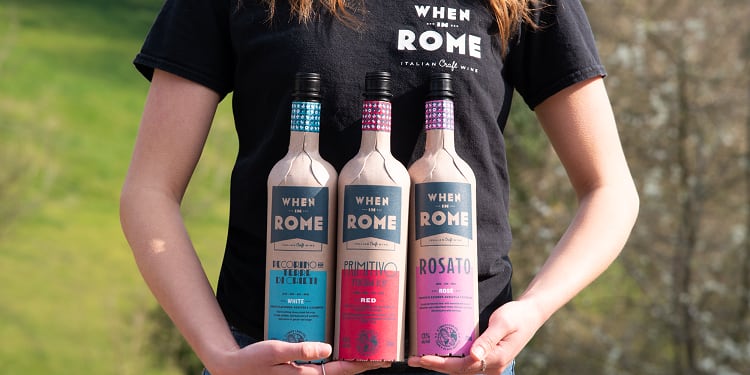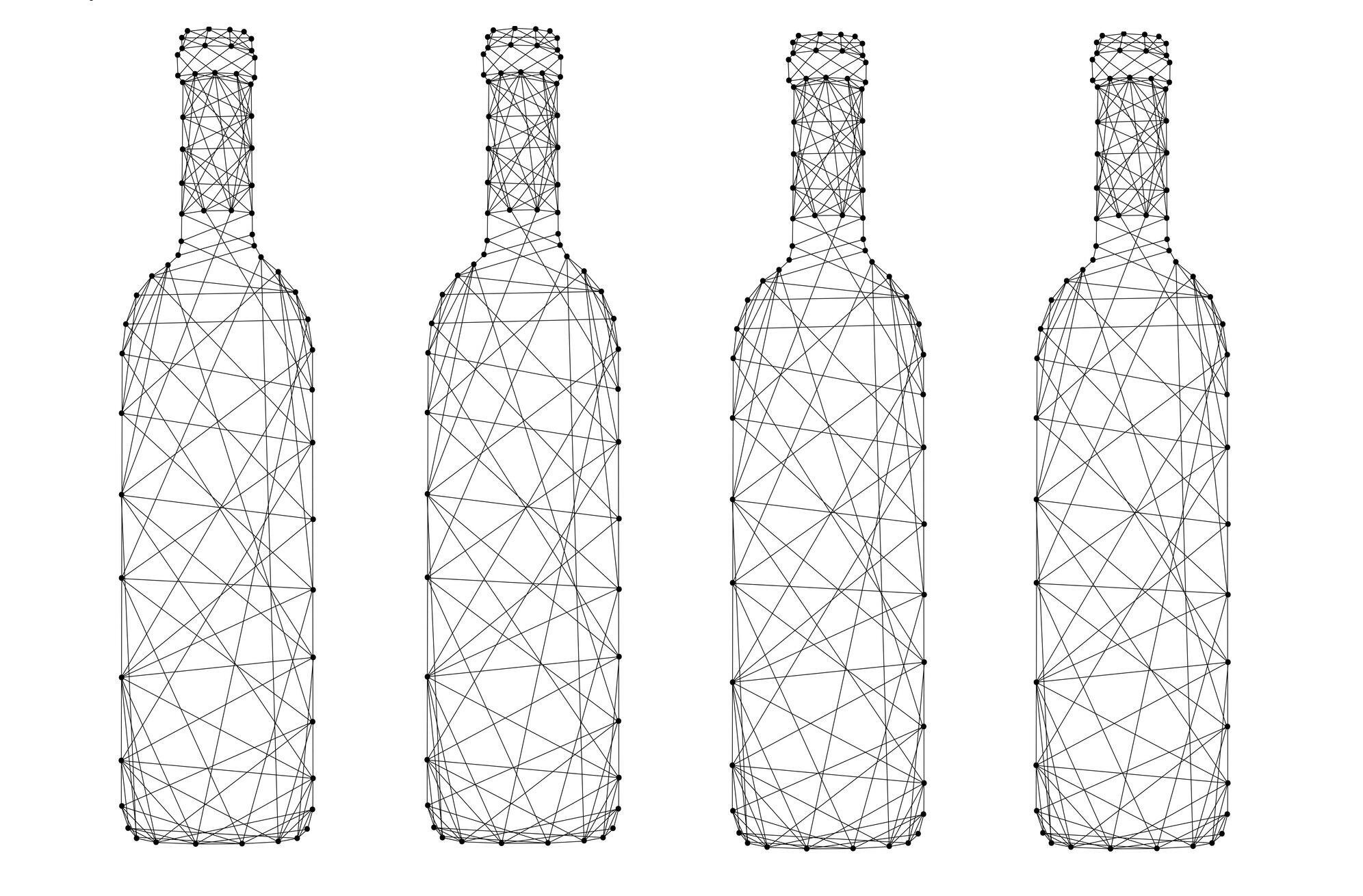While the combination of factors is driving the same need to address packaging across the industry it’s a subject particularly pertinent to the global wine trade (which, to date, relied on inexpensive freight, low trade barriers and cheap energy), according to Rabobank.
Glass bottles are by far the dominant packaging: a format that is heavy to transport and thus has associated carbon emissions.
“Given the rising cost, environment and the increasing focus on reducing greenhouse gas emissions, one area for beverage companies to explore is seeking cost savings by rethinking packaging," explain Rabobank analysts Jim Watson and Stephen Rannekleiv.
"This can be achieved by reducing the weight of materials, increasing package size, or shifting to lower-cost options that may also reduce GHG emissions.”
Lightweighting
One way to improve current packaging is lightweighting, or reducing the weight of packaging materials. While this has been common across the beverage industry for years, uptake has been slower in the wine and spirits industries: which tend to feature heavier glass bottles as a sign of premiumization.
The main obstacles towards lightweighting glass remains this fear (often by marketers) that products will be perceived as lower quality. But this premium is coming at an increasingly higher cost.
“Given elevated energy and freight costs, we believe that the equation is changing on lightweighting,” note the analysts. “According to the European Container Glass Federation, wine bottles are already 30% lighter than they were 20 years ago, and we believe there is still significant room for improvement.”
Furthermore, they suggest that brands often overestimate the importance of heavy glass on consumer impressions.
Jackson Family Wines, for example, reduced the bottle weight of Kendall-Jackson and La Creme lines by 2 ounces and 'nobody seemed to notice'.
Bag-in-box
Bag-in-box wine could have a prominent role to play: it packages wine in larger quantities in a much lighter format, thus reducing transport emissions.
The catch? Bag-in-box still has an image problem.
“For a long time, it was primarily the cheapest wine option," say Watson and Rannekleiv.
"Brands in this format will suffer an image problem by association. That said, consumer perceptions of packaging formats can evolve over time. Cans were once seen as the cheap/inferior packaging option for beer – a format that no craft brewer wanted associated with their brand. Now cans are seen as the trendy, higher-end packaging option.
“Creating broader consumer acceptance of alternative formats such as BIB is possible but would require time and a concerted effort. One clear way to reset the category image is to use the halo effect created by higher-end brands selling BIB."
One example of this is premium brand Tablas Creek's 3L box of rose, which is sold for $95 (compared to the $112 that four bottles would cost). The format weighs 7 pounds (compared to four glass bottles totaling 11 pounds) and reduces carbon footprint by 84%, according to the brand.
And the winery touts not only the environmental benefits but cost saving, quality and practical advantages as well: such as that the format is more practical to carry and that the format keeps oxygen out even once opened. It launched the format earlier this year in limited quantities to test the market.
But the product is just the start. “Building up a category takes more than just brands," explain the Rabobank analysts.
"The more wine magazines review BIB and the more wine clubs include BIB, the more it is normalized for consumers. The fact that we already have a BIB-only wine club means we have started down this path.”
Paper bottles
Paper wine bottles use an outer shell made of cardboard and an inner lining made of a waterproof material to contain the liquid.

One of the most notable developments comes from UK wine brand When In Rome, which is already offering a paper wine bottle from Frugalpac in addition to its bag-in-box and canned wine formats.
This has a carbon footprint 84% lower than a glass bottle, says the company.
Elsewhere, brands such as Absolut, Carlsberg and Johnnie Walker are also working on paper bottles.
“These packages are very worthy of trial, and it will be fascinating to see if consumer are willing to buy it (and keep buying it)," say Watson and Rannekleiv. "There are significant scalability issues for now, and usability issues (don’t get the outer packaging wet!), but resolving those challenges won’t even matter until we have consumer acceptance.”
Think creative
The basic similarly of bag-in-box and paper bottles (both of which are essentially a cardboard container with an inner lining) illustrates the need to think outside the bottle when it comes to developing new formats. In the on-trade, for example, kegged wine could be a promising way to serve up wine.
And perhaps most importantly, all formats have a chance to take a slice of the market, say the Rabobank analysts.
“We think there is more room for creativity and innovation around different types of lined packaging that could further cut costs, reduce emissions and open up new opportunities.
“Moving forward, we believe that rising production costs for glass will incentivize beverage companies to continue exploring new alternatives in order to maintain margins. That said, massive shifts are unlikely to occur in the short term. These may ultimately be achieved by incremental shifts to alternative formats, rather than to one alternative format in particular.”

